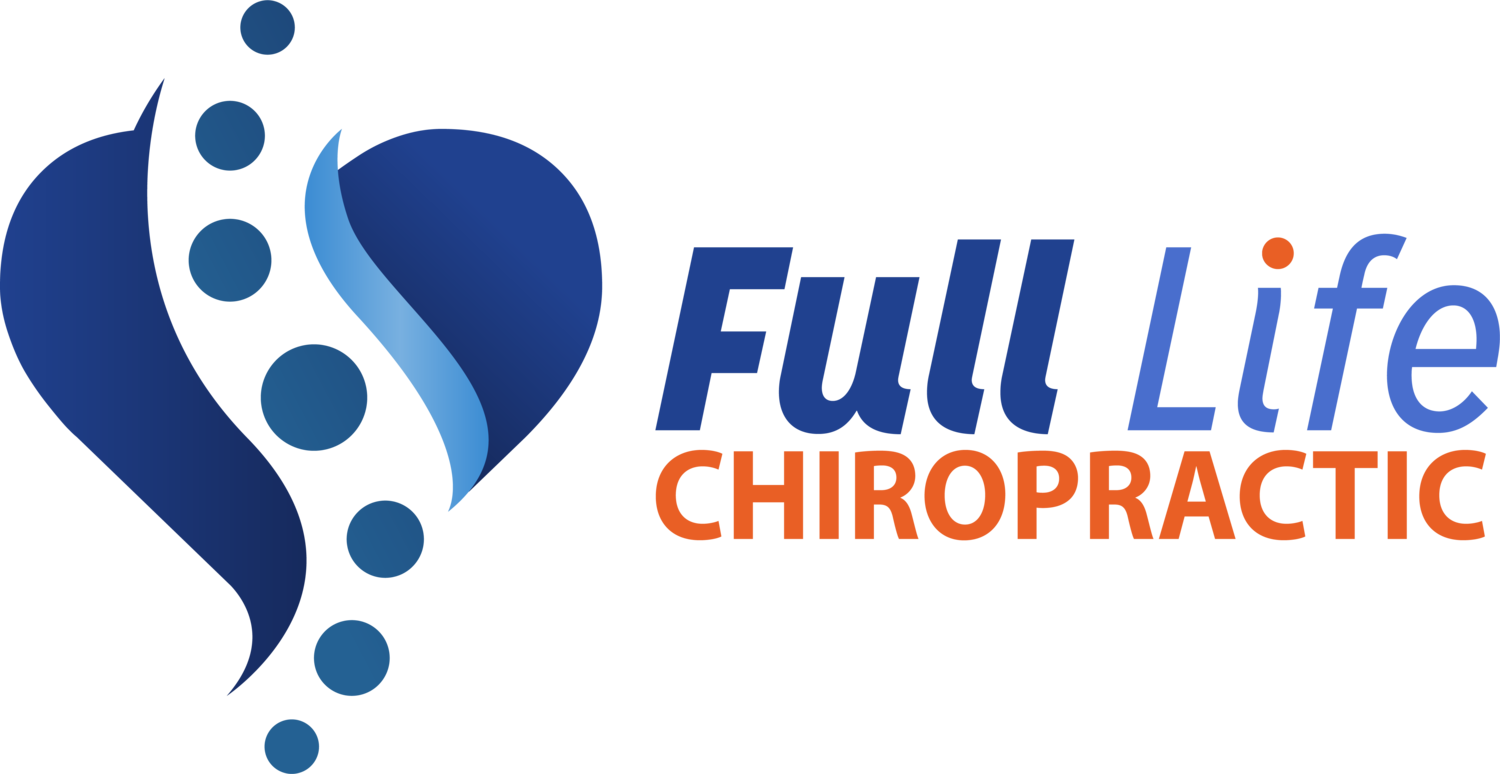POSTURE AND HEART DISEASE
Posture and Heart Disease
Posted by: Jeffrey Aberle, D.C.
Posture is a predictor of heart disease. Yes, it’s been scientifically proven. I’ll show you the study and how the researchers came to this astonishing conclusion.
The title of the study was, “Hyperkyphotic Posture Predicts Mortality in Older Community-Dwelling Men and Women: A Prospective Study”
This was a large study of 1,353 participants. It was published in “Journal of the American Geriatrics Society Volume 52 Issue 10 Page 1662- October 2004” by Deborah M. Kado, MD, Mei-Hua Huang, DrPH, Arun S. Karlamangla, MD, PhD, Elizabeth Barrett-Connor, MD and Gail A. Greendale, MD
Their objective was to see if there was an association between hyperkyphotic posture and rate of death and cause of death.
First of all, we have to define hyperkyphotic posture. When you look at a person from the side, they should have a nice, flexible curve in their thoracic spine. (Where the ribs are in the images below). When that curve is intensified and becomes ridged, that is termed a hyperkyphosis.
An easy way to test for how much hyperkyphosis a persons thoracic spine has is to have them lay on a flat, hard table and see if their face is level with the table. If it is, then their thoracic spine DOES NOT have a hyperkyphotic posture and is considered normal for this study.
Abnormal findings were found when the person laid on their back and had to extend their head to touch the table. (Image below with head tilting backwards).
Their measuring system was easy and reliable. Kyphotic posture was measured as the number of 1.7 cm blocks that needed to be placed under the participant’s head to achieve a neutral head position when lying face up on a radiology table. (Image below with one 1.7 cm orange block).
Here are the results:
Participants were followed for an average of 4.2 years, with mortality (death) and cause of death confirmed using review of death certificates.
Results: Persons with hyperkyphosis, defined as needing one block to achieve a neutral head position, had a 1.44 times greater rate of mortality than those without hyperkyphotic posture.
“With increasing kyphotic posture, there was a trend towards greater mortality.” (i.e. the more blocks that were needed the greater the mortality)
“Hyperkyphosis remained a significant predictor of increased all-cause mortality.” How amazing is that?
“In models adjusted for age and sex, hyperkyphosis was significantly associated with deaths due to atherosclerosis.”
“For deaths due to atherosclerosis, participants with hyperkyphotic posture had a significant 2.4 times greater rate of death.”
Wow! Just one, 1.7 cm block under the head to level it out resulted in 1.44 times greater rate of death than those whose heads were level without a block. And if the death was due to Atherosclerosis (Hardening of the arteries) the Rate of Death was 2.4 times greater.
How is that possible? Haven’t we all been led to believe that atherosclerosis was due to cholesterol and poor diet? I’m not saying those aren’t factors, but how could a mechanical bent forward posture, often seen in the elderly (but also with people much younger), be correlated with heart disease?
Take a look at the images below:
On the left is a perfect spine and chest configuration. On the right is a horribly compressed heart due to a collapsed spine and compressed chest. In the middle is a hyperkyphotic spine like in this study. They didn’t test people that have configurations like the one on the right, but it’s not too hard to guess that those people would be even worse off.
The large blood vessels coming to and from the heart are designed for smooth blood flow with high pressures. When you compress those vessels and distort them, fluid flow is far from smooth. You get swirling currents in the vessels that move faster and more violently than the blood vessels are designed for. This causes wear and tear on the vessels themselves. This creates irritation, inflammation and breakdown of the vessels internally. When this tissue is damaged, it becomes stickier and particles stick to it. Hence, atherosclerosis.
Posture has a HUGE effect on heart function. Up till now, no one knew how to correct posture. Now we do. This is the service I provide at my office. I can take a person as bad as the picture above on the right and make them as good as the picture above on the left. I know how to do it. It’s not quick, but it’s totally doable provided you start treatment ASAP. Using a method called Advanced BioStructural Correction™, a hyperkyphotic posture and other postural problems can be restored to normal.
Example of the posture improvements with long term care in my office.
The instructions for all these pictures are breathe in, breathe out, and let your body relax and slump.
